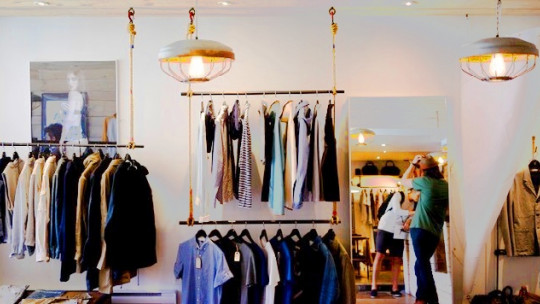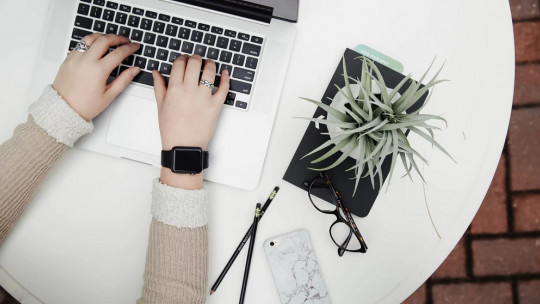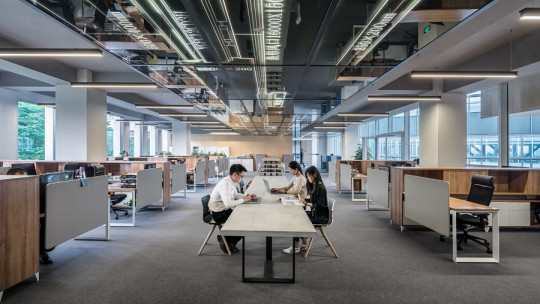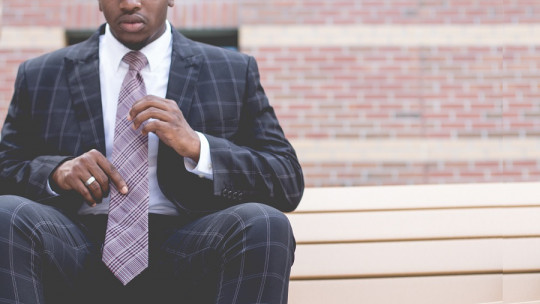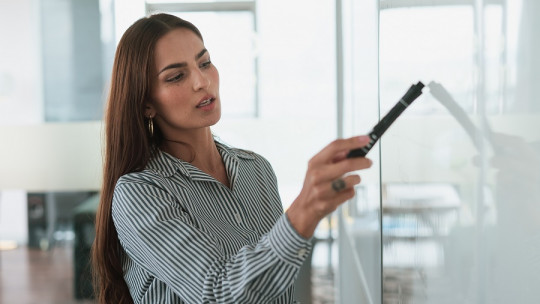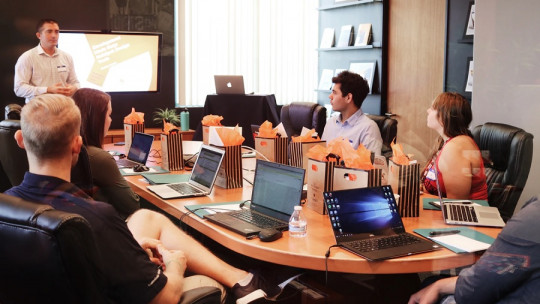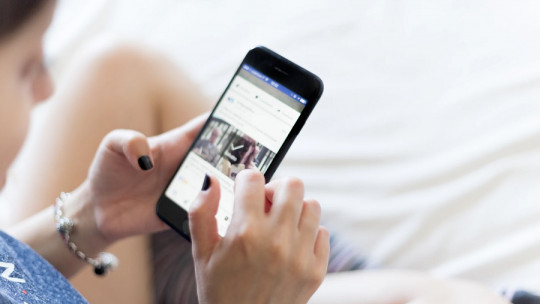It’s been a while since psychology is used in the world of shopping and business although this is a less academic version than the one that takes place in universities.
This does not mean that the different marketing techniques that businesses use to influence customer purchases have not been studied, although There is always the question of whether this type of tricks exceed the limits of ethics
Tricks and psychological effects that stores use
Be that as it may, the reality is that shops, businesses and establishments open to the public use different techniques so that you end up spending much more money than you had planned. These are some principles of psychology that stores and businesses use without us realizing it, and that can greatly influence our purchasing decisions.
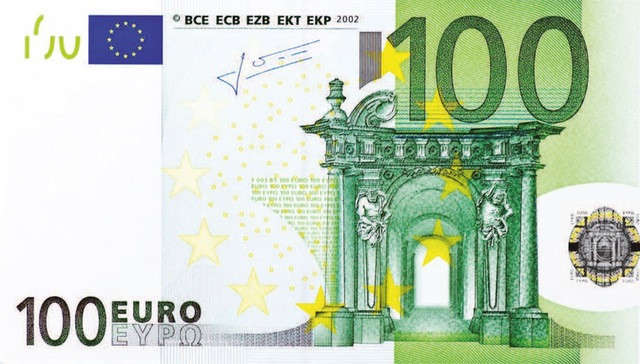
1. The purchase of shame
Medium or large stores and supermarkets They tend to ensure that there are always a good number of empty carts and baskets near the entrance not only because they are highly sought-after objects, but also because they want everyone to grab one.
Many people feel a certain embarrassment when going to the checkout carrying a single product in their basket or cart, so they will tend to buy another product so that it does not appear that they have hoarded that container unjustifiably.
2. Creating a watertight compartment
In supermarkets and large shopping areas There are usually two significant absences: windows and clocks
Not having these elements means that the shopping space is left without references to the outside world, which makes customers forget about the passage of time and that life continues to happen beyond the walls of the store. . This way, you will be more likely to continue wandering around checking out the products that are displayed for sale.
3. The foot in the door
This is a persuasion technique that is also used in the purchasing processes. It consists of, When the customer has already chosen what they want to buy and begins the process that will end in payment, they are offered an “extra” for a little more money
Customers are more likely to accept this deal than if this deal were offered. package of products from the beginning, because the buyer has already made up his mind about the fact that he is going to spend money and, although at some point he may come to believe that he is spending a little more than he should, the purchase of that “extra” It will help you reduce the cognitive dissonance of having bought something without being entirely sure if it is worth it.
Somehow, continuing to buy is a way to justify the previous purchase , is a way of showing that the previous dilemma has not existed. Of course, if this extra offer is also a discount on another product (or is perceived as that), the cost assessment will also make this extra purchase seen as something attractive.
4. Mirrors
Supermarkets use all kinds of tricks to make the average buyer who enters their doors stay a little longer inside the premises. One of them is quite simple, and consists of placing mirrors
It is clear that most people do not stand in front of a mirror staring at themselves, but even if it is almost automatically they will tend to stay closer to them longer, looking at themselves out of the corner of their eye or walking more slowly.
5. Social proof
Some points of sale and brands use a principle called social proof to sell more. The concept of “social proof” means a demonstration of marketing force to imply that a product is succeeding in the market It involves showing the consumer the success and social impact that a certain product is having on the target audience, although part of this “impact” may be fictitious or imaginary.
The dark side of social proof, for example, could be hiring bots and all kinds of fake profiles for certain Twitter or YouTube accounts to follow, or creating a deliberate shortage of a product on the day of its launch so that queues form in certain stores where it is available.
6. The least necessary items are at the entrance
And those who require a greater frequency of purchase, in the areas furthest from this The goal is clear: make everyone walk past as many shelves as possible as many times as possible.
7. The first floor, always for women
In clothing stores, the men’s section is always at the furthest point from the entrance This is because the women who accompany men to these stores tend to be a more impulsive type of buyer than them. This causes women who accompany men to often fall into the temptation of buying something they have seen while on their way to the men’s apartment.
If you were interested in this article, you can also read: “The 12 psychological tricks that supermarkets use to make you spend more money”

